Urosaurus ornatus
—
Ornate Tree Lizard
Subspecies I've seen:

U. o. ornatus
Texas Tree Lizard
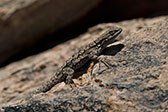
U. o. schmidti
Big Bend Tree Lizard
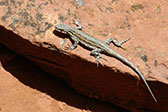
U. o. schottii
Schott’s Tree Lizard
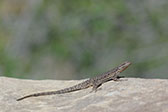
U. o. wrighti
Northern Tree Lizard
Urosaurus ornatus ornatus
—
Texas Tree Lizard
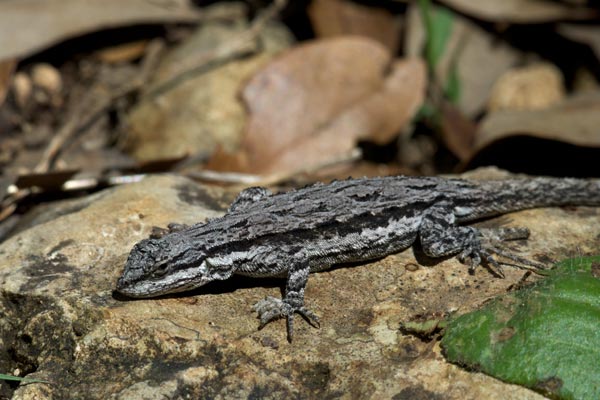
This lizard was perhaps overly reliant on its less than completely impressive camouflage as it lay spread-eagled on a flat rock in the center of the trail.
Urosaurus ornatus schmidti
—
Big Bend Tree Lizard
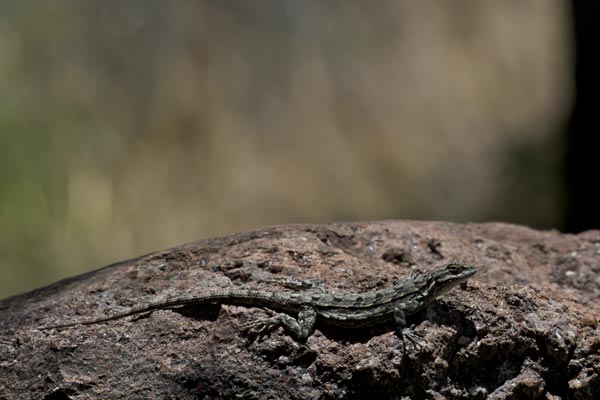

I somehow avoided seeing any of these common lizards in or particularly near Big Bend National Park, but I saw these two and a few others a hundred miles north.
Urosaurus ornatus schottii
—
Schott’s Tree Lizard
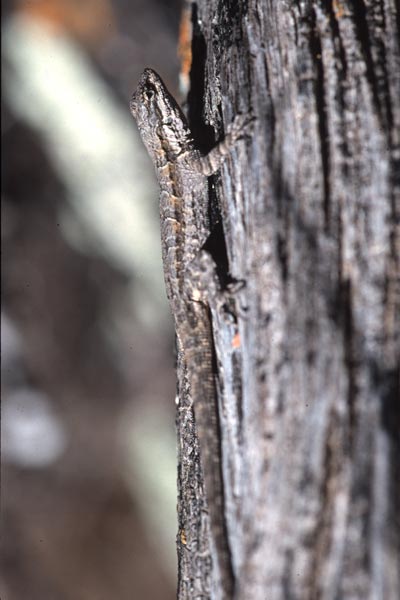
I saw but three of these ordinarily common lizards on this weekend of unseasonably cool temperatures in Tucson. One was on a rock. The second, on a log. The fellow pictured here was the only one actually in a tree. They aren't the most colorful lizards around, but they sure are camouflaged well on trees.
The tree lizards in this part of Arizona used to be placed in the subspecies U. o. linearis, but this subspecies has recently been merged with U. o. schottii, which was formerly considered confined to Mexico.
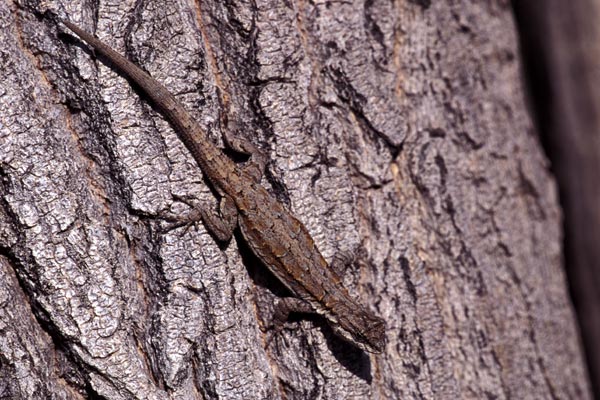
Willcox Playa is a seasonally marshy ancient lake bed. When we visited it was dry as a bone, and the wildlife was less than abundant. A small number of these tree lizards were our only saurian companions.
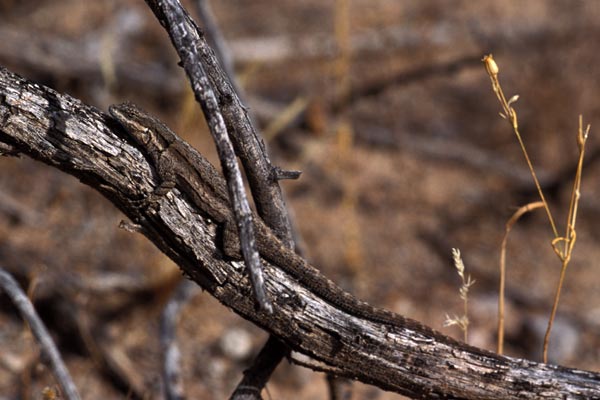
This tree lizard relied on its excellent camouflage rather than running away when I drew near. But I saw it and took its picture, so I guess its excellent camouflage failed. Good thing I don't eat lizards.

Most of the tree lizards I've seen in the "Red Rock Country" of this section of Arizona have been on boulders rather than trees. It's something of a game to take their picture, because they are camera shy but unlike many other lizards they tend not to run and hide. Instead, they skitter a few feet away and then stop on a different boulder.
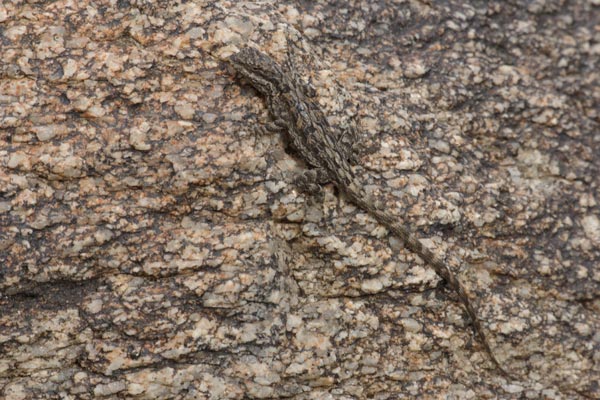
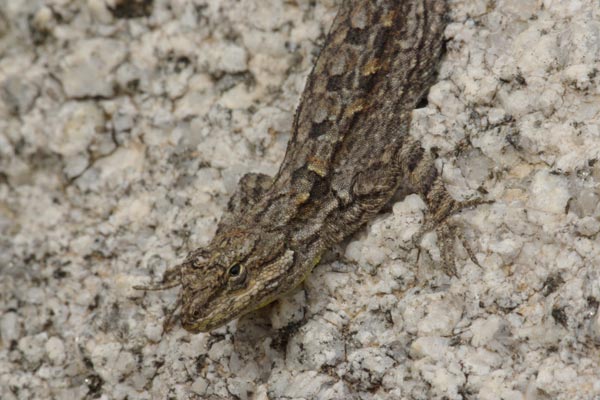
On a cool but warming near-Spring morning, my sister and I went out for a hike in this large desert park surrounded by Phoenix sprawl looking for some local wildlife. We didn't see any large or spectacular animals, but early in the morning a lot of tree lizards were basking on the granite boulders.
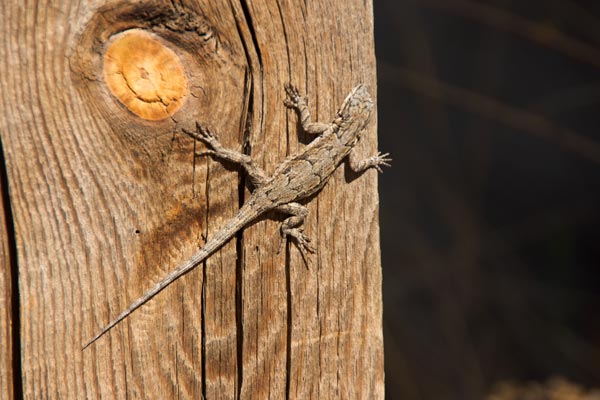
We took our dogs for a nice morning hike in the Gila National Forest. When we started the hike it was too cool for lizards, but by the time we returned it had warmed up enough that this tree lizard was basking on the trailhead sign.
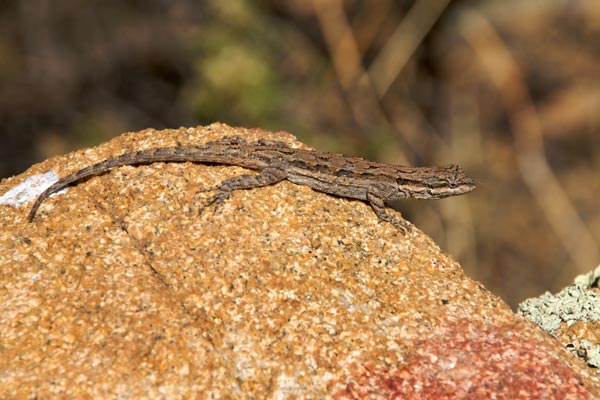
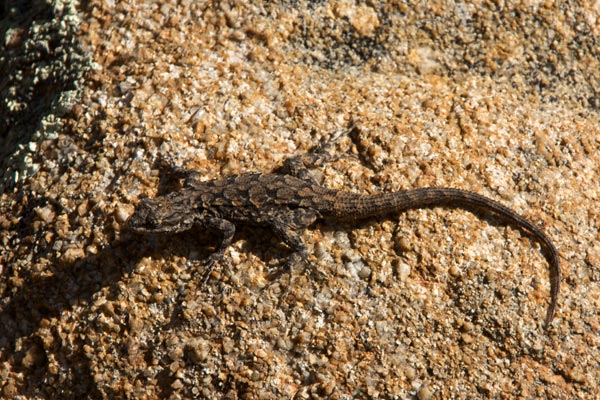
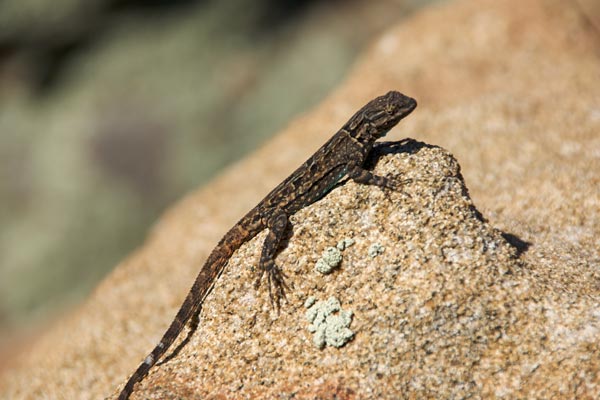
A few days later we took another morning hike. This time we started enough later that there were lizards everywhere. These tree lizards were the most common, but we also saw Southern Plateau Lizards and Crevice Spiny Lizards.
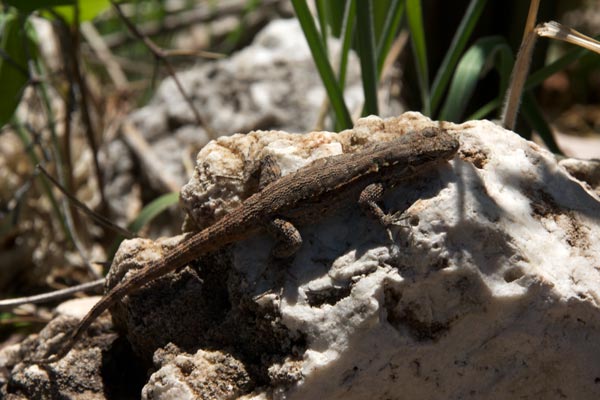
Mogollon Historic District, also known as Mogollon Ghost Town, is the remnants of a once-thriving mining town. It is currently home to a thriving population of tree lizards. The town is at an elevation of 6800 feet, which shows the adaptability of this species that's also at home in the low deserts.
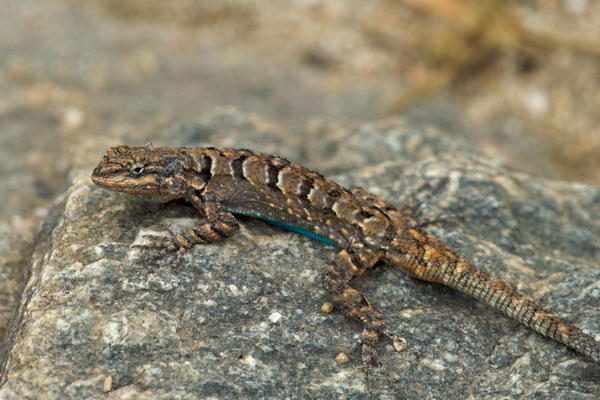
Sabino Canyon is full of lizards, and Tree Lizards were the most common lizards in the lower elevations, near Sabino Creek. This well-marked male was one of the more cooperative ones.
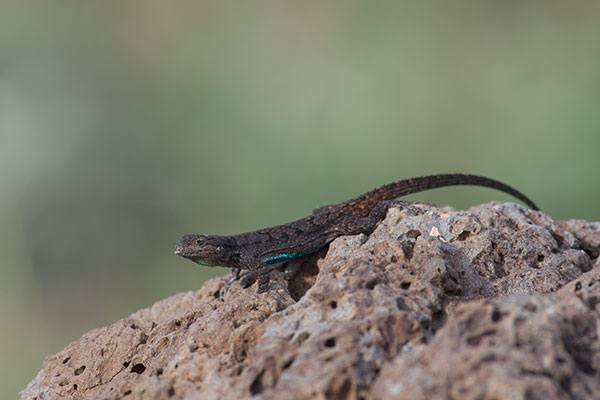
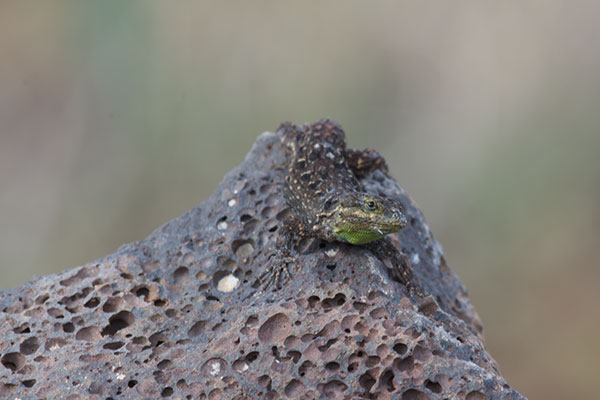
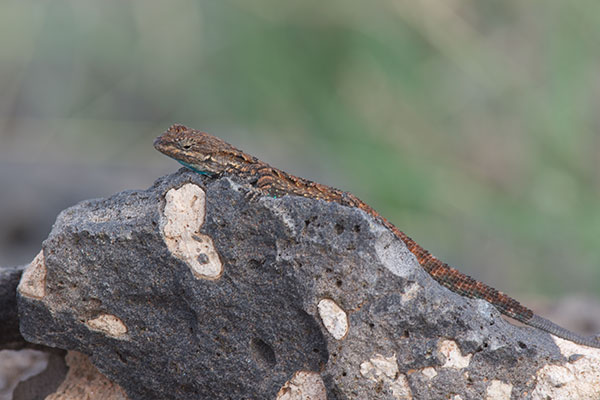
A colony of tree lizards festooned piles of lava rocks along the roadside, each lizard perched atop its own rock.
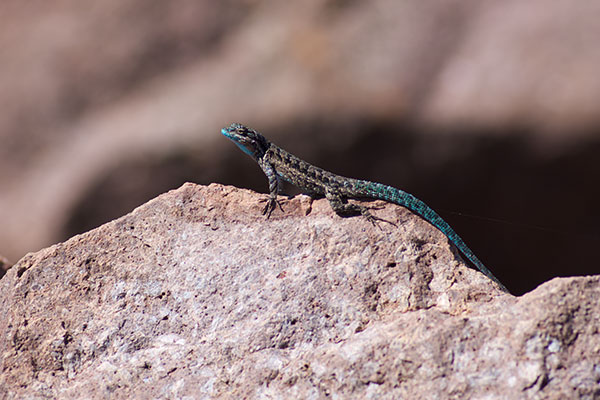
This proud male is really decked out in his finest colors. I didn't see any swooning female tree lizards nearby, but perhaps because they all swooned into unconsciousness. Or maybe it takes more than just pretty colors to impress the modern savvy female tree lizard.
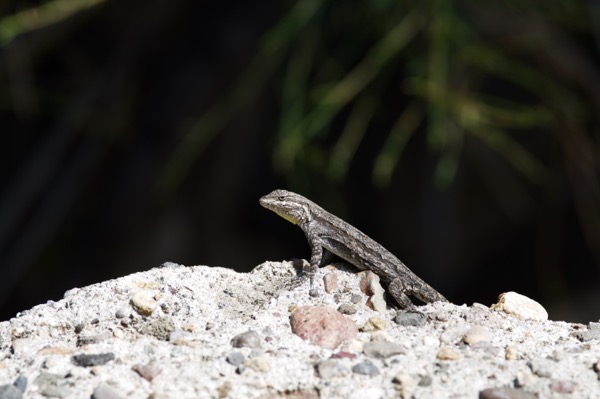
This tree lizard didn't need no steenkin' tree, or even natural surface at all. Lumpy broken concrete works as well for perching as a boulder does.
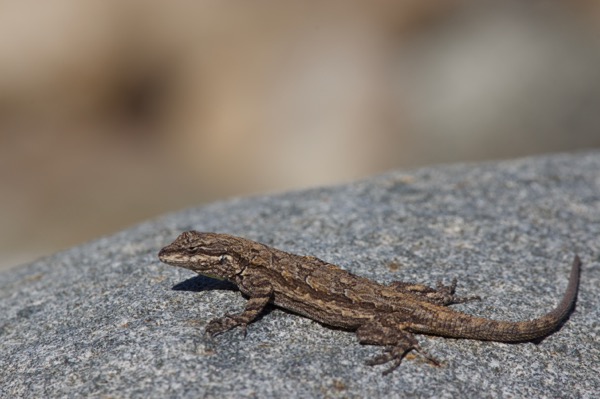
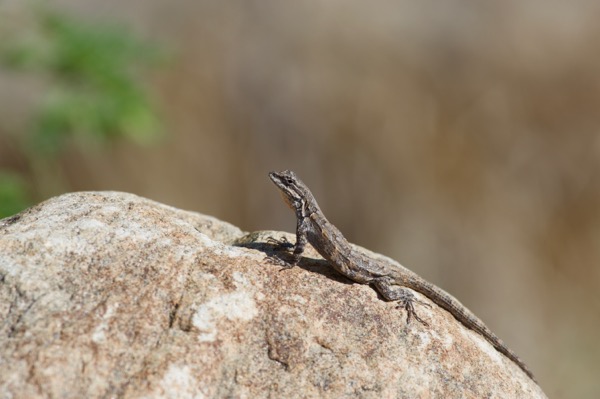
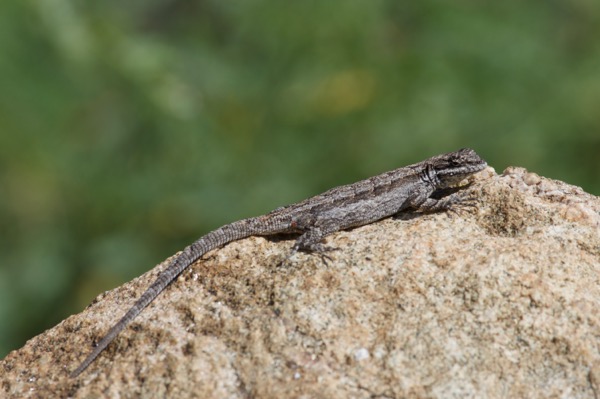
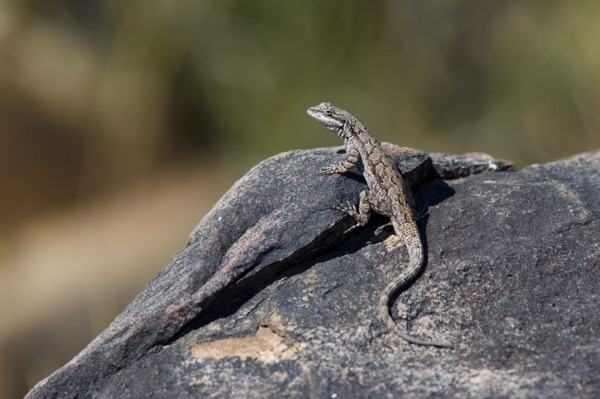
Pretty much every boulder of a certain size had its own tree lizard on this morning. This might have been the highest density of tree lizards I've yet encountered.
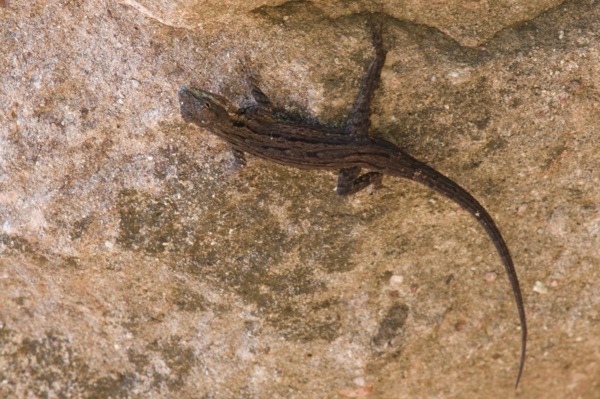
Two Urosaurus species coexist in this part of Sonora. I'm pretty sure that this one is the same one I'd seen numerous times in the USA. And I'm reasonably sure that I saw the other one a few minutes later.

After inspecting satellite images, Whitmire Canyon looked like a great place for herps. And indeed it used to be, but it turns out the satellite images had been taken before the big wildfire that scorched this area a few years ago. I only saw a handful of lizards, including this lonely tree lizard. (But maybe not so lonely, as I suspect this is a gravid female.)
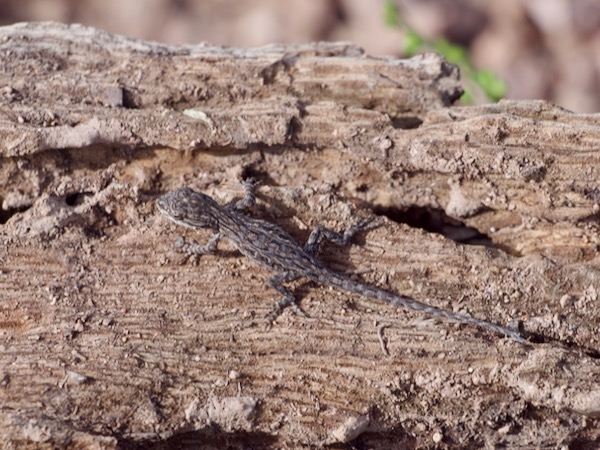
In the late afternoon, back near where I was staying in Portal, I spent a little while chasing this tiny hatchling around until it held still for a few moments on a log.
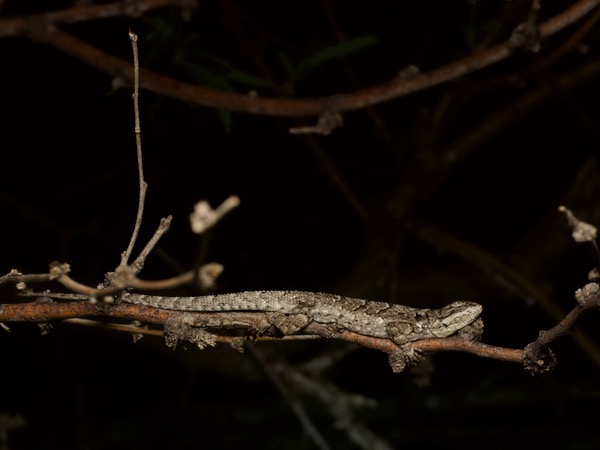
This is the first one I've found sleeping at night. Looks pretty cozy.
Urosaurus ornatus wrighti
—
Northern Tree Lizard
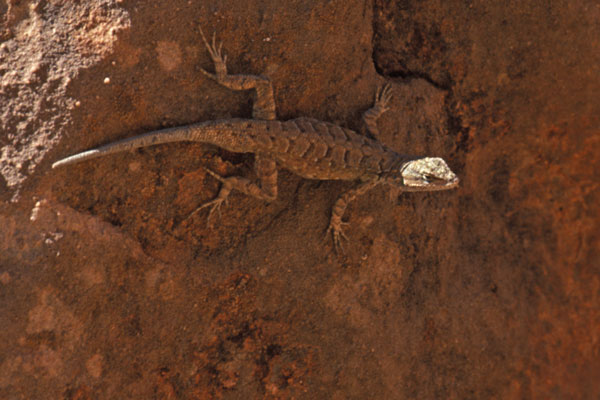
I saw three of these skittish lizards in the towering boulders and red rock cliffs of Capitol Reef National Park. All of them were on cliffs. None of them were on trees. This subspecies used to be called "Cliff Tree Lizard", but that was changed to "Northern Tree Lizard" at some point, maybe because thinking too hard about the name "Cliff Tree Lizard" just hurts your brain.
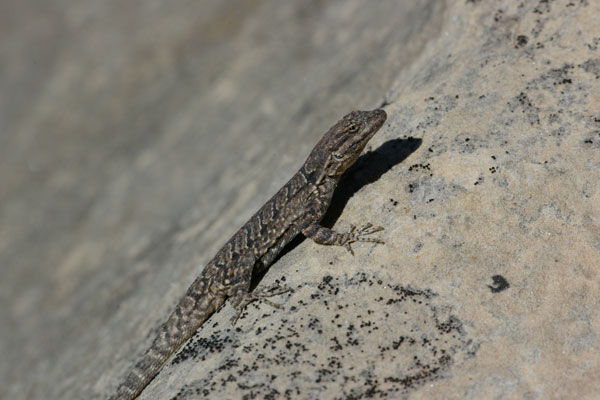

Another cliff, another "Cliff Tree Lizard". They are small lizards, but rare enough in this area to still be a good find. At least, they're rare compared to the similarly-sized side-blotched lizards.
Printed references:
- Behler, J. L., King, F. W. 1979. The Audubon Society Field Guide to North American Reptiles & Amphibians
- Brennan, T. C. and Holycross, A. T. 2006. A Field Guide to Amphibians and Reptiles in Arizona
- Brennan, T. C. and Holycross, A. T. 2005. A Field Guide to Amphibians and Reptiles of Maricopa County
- Conant, R., Collins, J. T. 1998. Peterson Field Guide to Reptiles and Amphibians of Eastern and Central North America, Third Edition, expanded
- Crother, B. I. (ed.) 2017. Scientific and Standard English Names of Amphibians and Reptiles of North America North of Mexico, with Comments Regarding Confidence in Our Understanding, Eighth Edition
- Degenhardt, W. G., Painter, C. W., Price, A. H. 1996. Amphibians & Reptiles of New Mexico
- Hanson, J., Hanson, R. B. 1997. 50 Common Reptiles & Amphibians of the Southwest
- Jones, L. L. C., Lovich, R. E. 2009. Lizards of the American Southwest: A Photographic Field Guide
- Monday, D.C., Dobolek, R. 1999. Arizona Wildlife Views, Special Edition
- Rogner, M. 1997. Lizards
- Smith, H. M. 1995. Handbook of Lizards: Lizards of the United States and Canada
- Smith, H. M., Brodie, E. D. Jr. 1982. Reptiles of North America: A Guide to Field Identification
- Stebbins, R. C. 2003. Peterson Field Guide to Western Reptiles and Amphibians, Third Edition
- Stoops, E. D., Wright, A. 1997. Snakes and other Reptiles of the Southwest, 4th Edition